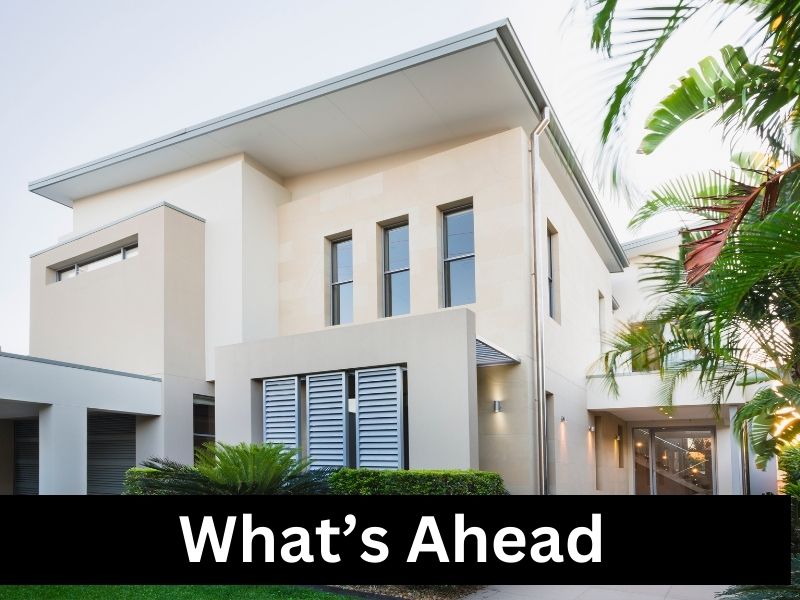What’s Ahead For Mortgage Rates This Week – April 8th, 2024

With the upcoming CPI and PPI reports this week, last week still had a number of important data points to consider. First, the non-farm payroll data, helping reveal the situation of pay versus inflation data giving an overall description of the state of the economy in the future. Among that, the manufacturing data has shown to be contracting the past year, with the first signs of relief this month. Lastly, trade data has shown that the trade deficit has grown bigger than expected with Q1 coming to completion.
All of these are broader indicators of the state of the economy and the most important data is to come this week, as inflation data will firmly decide when and where rates may be cut in the future. It appears to be becoming increasingly unlikely we will see a rate cut decision by the Federal Reserve in Q2. Many of the Federal Reserve’s Chairman had spoken last week, illuminating a resolve to resist rate cuts until “Inflation was under control.”
Non-farm Payrolls
March jobs report showing incredible strength of the job market in the U.S. with a 50% gap above the numbers expected. A strong job market is a strong economy.
U.S. Trade Balance
The numbers: The U.S. international trade deficit widened 1.9% in February to a seasonally adjusted $68.9 billion, the Commerce Department said Thursday. It is the third straight month with a wider deficit and the largest imbalance since last April.
ISM Manufacturing
A barometer of business conditions at U.S. manufacturers turned positive in March for the first time in 17 months, in another sign that the industrial side of the economy is on the mend.
Primary Mortgage Market Survey Index
• 15-Yr FRM rates are seeing a decrease by -0.05% with the current rate at 6.06%
• 30-Yr FRM rates are seeing an increase by 0.03% with the current rate at 6.82%
MND Rate Index
• 30-Yr FHA rates are seeing a 0.06% increase for this week. Current rates at 6.45%
• 30-Yr VA rates are seeing a 0.05% increase for this week. Current rates at 6.46%
Jobless Claims
Initial Claims were reported to be 221,000 compared to the expected claims of 213,000. The prior week landed at 212,000.
What’s Ahead
CPI and PPI data will very much decide whether we will be seeing rate cuts this upcoming quarter, with little in the way of other reports.

 As expected from the prior inflation reports with CPI and PPI, the PCE index had also shown the same corollary among its data points, reporting a higher than expected increase for the month of February across all products.
As expected from the prior inflation reports with CPI and PPI, the PCE index had also shown the same corollary among its data points, reporting a higher than expected increase for the month of February across all products.